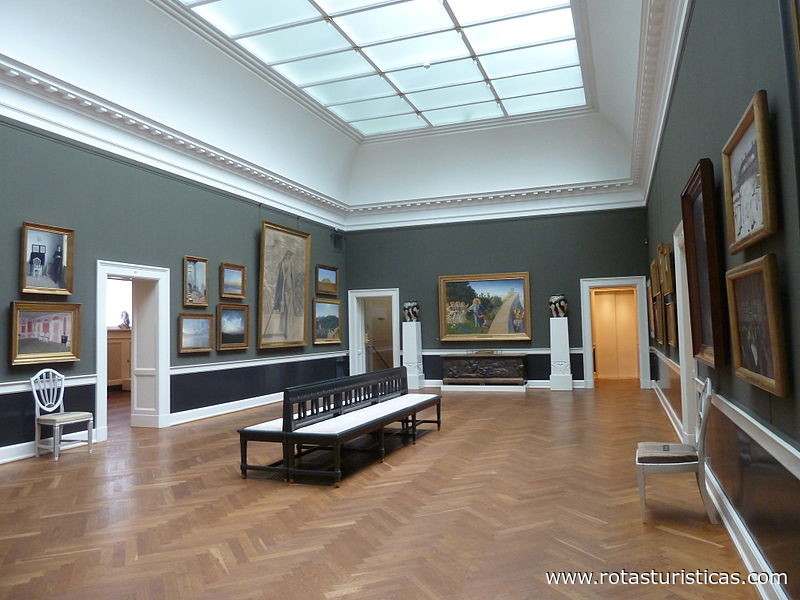Copenhagen, Hovedstaden, Denmark
Suggest Place to Visit
3753
Track to location with GPS |
 |
The Hirschsprung Collection (Danish: Den Hirschsprungske Samling) is an art museum in Copenhagen, Denmark. It is located in a parkland setting in Østre Anlæg, near the Danish National Gallery, and houses a large collection of Danish art from the 19th and early 20th century. The emphasis is on the Danish Golden Age, from 1800 to 1850, but also the Skagen Painters and other representatives of the Modern Breakthrough are well represented.
The museum is built around the personal art collection of Heinrich Hirschsprung, a tobacco manufacturer and patron of the arts who founded his art collection in 1865. Almost four decades later, in 1902, he donated it to the Danish state. It is displayed in a purpose-built Neoclassical museum building designed by Hermann Baagøe Storck and completed in 1911.
Heinrich Hirschsprung was a tobacco manufacturer. He was married to Pauline Hirschsprung, and the couple took a profound interest in the arts and counted many prominent artists of their day among their close friends, including the writer Holger Drachmann and the painter Peder Severin Krøyer, both associated with the Skagen colony. Over a period of four decades, beginning in 1866, Hirschsprung built an extensive collection of Danish art from the beginning of the 18th century and up to their own day.
Ine collection was shown to the public for the first time in 1888 at Charlottenborg. This happened in connection with the Nordic exhibition of Industry, Agriculture, and Art which was expected to draw many foreign visitors to Copenhagen. The exhibition catalog included 313 items, representing some 60 Danish artists. About half were paintings while the rest were drawings, watercolors, pastels and some sculptures.
In 1900, Pauline and Heinrich Hirschsprung decided to donate their art collection to the Danish state. They had a deed of gift drawn up, which was deposited with the Danish Ministry of Cultural Affairs. However, the donation was not made public until two years later, in 1902, when the collection was once again exhibited at Charlottenborg. At the same event, the art historian Emil Hannover was put in charge of cataloging the collection. The exhibition at Charlottenborg also included renderings of the planned museum building, which had been designed by the Hermann Baagøe Storck. Disliking the Historicist style which dominated museum architecture in Copenhagen at the time, it was of critical importance to Hirschsprung that the collection be placed in an independent building built to a more "sober" design. He wanted the museum to stand on the ground left open by the now demolished ramparts around Copenhagen, where a number of new museum buildings, including the recently inaugurated National Gallery from 1899, had been constructed towards the turn of the century.
Under the terms of the deed of gift, the Danish state and the City of Copenhagen, on their side, were required to make a site and a building available for its exhibition of the collection. This scheme was similar to the one which had been agreed upon in connection with Carl Jacobsen's foundation of the Ny Carlsberg Glyptotek. Still Hirschsprung's demand for an independent building gave rise to a political debate on arts politics which went on for several years and put the plans on hold.
Wilhelm Bendz's Interior from Amaliegade with the Artist's Brothers from c. 1829 was acquired by Hirschsprung in 1901 but only came into the collection in 1915 after the vendor's death
While discussions were going on, Hirschsprung continued to build the collection with acquisitions such as Joakim Skovgaard's cartoons for the decoration of Viborg Cathedral and a number of works by contemporary artists such as Michael and Anna Ancher and Vilhelm Hammershøi from the art collector Alfred Bramsen's Collection. A number of private individuals also promised to donate works to the collection once it passed into public ownership while others were purchased by Hirschsprung conditional on the same event
To make the collection into a representative display of 19th-century Danish art, Hirschsprung also started to add sculptures to his holdings, using the sculptor and family friend Ludvig Brandstrup as an adviser. In less than a year, Hirschsprung managed to collect the great majority of the 180 sculptures included in the 1902 catalog. The collection represents 20 Danish sculptors.
907 finally saw a successful conclusion to negotiations and a start could be made on building Storck's project from 1902. The site which was ultimately chosen was in Østre Anlæg, a park which had been laid out on the grounds of the city's former fortifications and where also the National Gallery had been built. Heinrich Hirschsprung died the following year, in 1908, and thus never saw his museum materialize. Emil Hannover, the art historian who had cataloged the collection, was charged with the interior design of the museum as well as curating the exhibition. He hung the paintings in chronological order, in the spirit of Hirschsprung.
The Hirschsprung Collection opened to the public in 1911. Pauline Hirschsprung was present at the official opening on 8 July, but died the following year.
The museum building is a simple neoclassical building with a light marble cladding and a facade with pediments and Doric pilasters. The floor plan consists of four large toplit galleries surrounded by smaller galleries, "alcoves", with light entering from windows set high in the walls.
While the building from the outside has the appearance of a temple of art, the interior, with its small rooms, has the intimacy of a private home.
The entrance hall to the museum has a floor mosaic from 1910 by Joakim Skovgaard in which stylized tobacco plants commemorate the founder of the museum.The museum exhibits more than 700 works of art. The emphasis is on the Golden Age of Danish Painting. All the major painters of the period are represented, including C. W. Eckersberg, Christen Købke, Constantin Hansen, Wilhelm Marstrand and Martinus Rørbye, as well as many lesser known names.
Comments
We don´t have yet any comments about:
Hirschsprung Collection
Hirschsprung Collection
Be the first to leave a comment as it is very important to inform other people
Outros locais a visitar
Within a radius of 20 km from:Hirschsprung Collection
Statens Museum For Kunst |
| 0,1 Km |
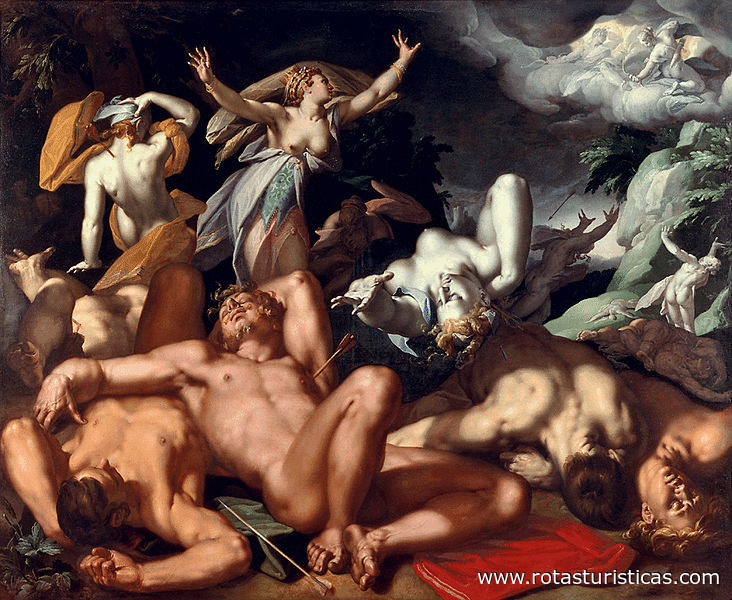 |
Musée géologique |
| 0,3 Km |
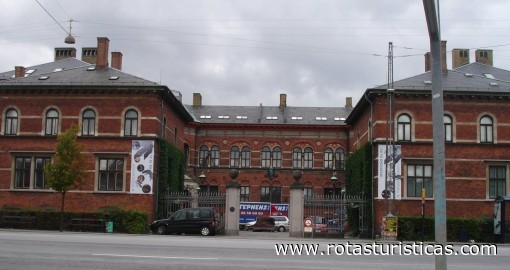 |
Château de Rosenborg |
| 0,5 Km |
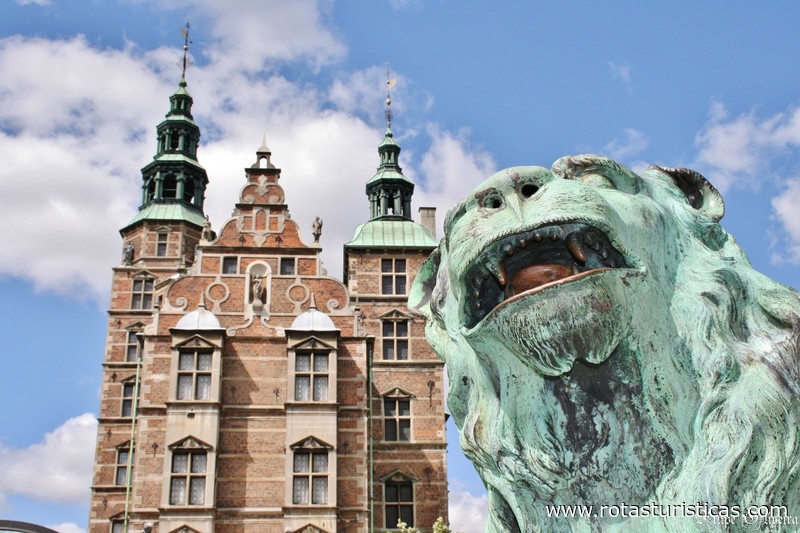 |
Worker's Museum |
| 0,7 Km |
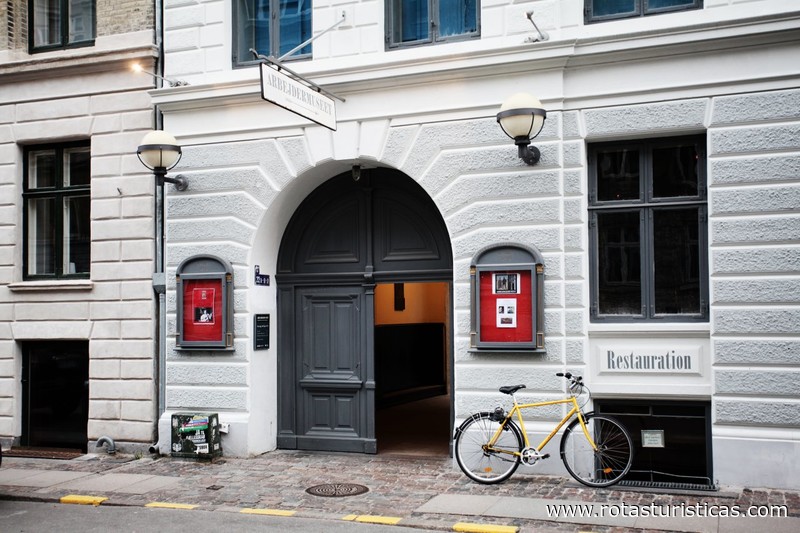 |
Designmuseum Danemark |
| 1,0 Km |
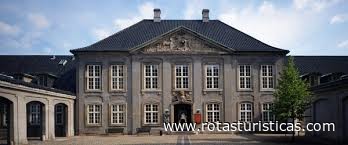 |
Centre d'art contemporain Nikolaj |
| 1,3 Km |
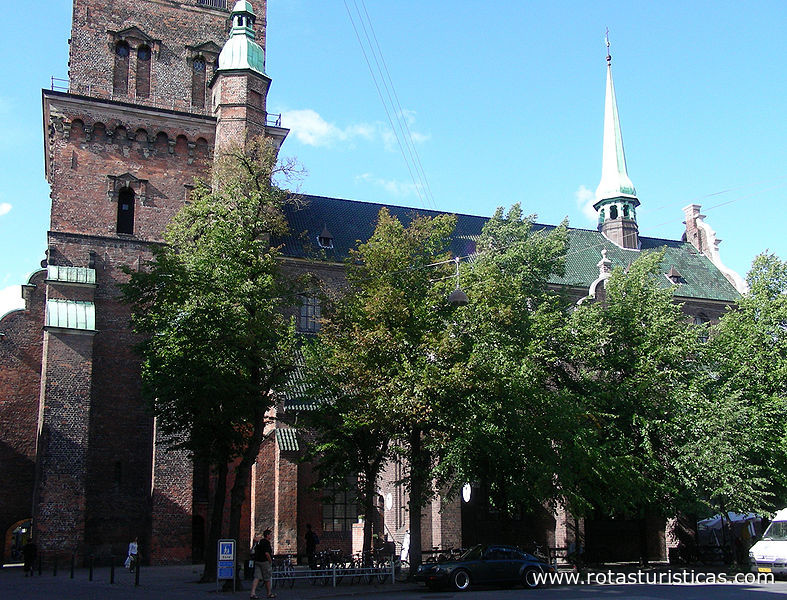 |
Musée Thorvaldsens |
| 1,5 Km |
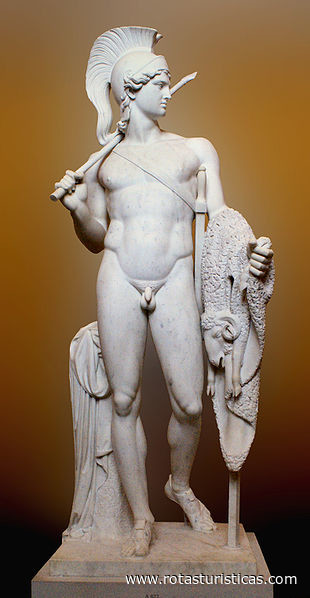 |
La maison victorienne |
| 1,7 Km |
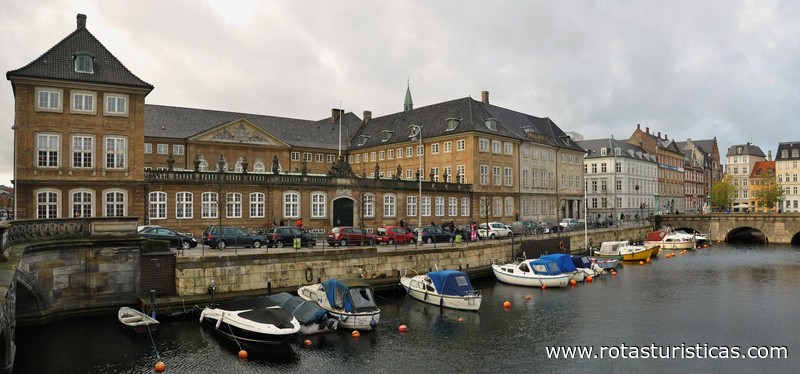 |
Musée national du Danemark |
| 1,7 Km |
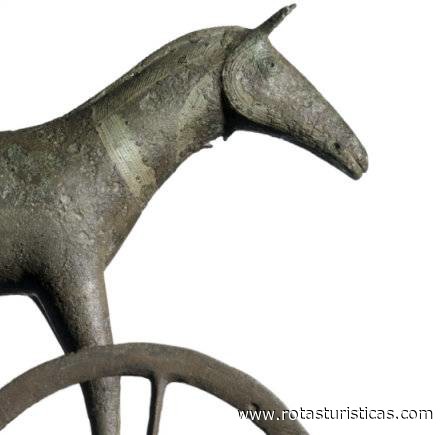 |
Experimentarium City |
| 1,7 Km |
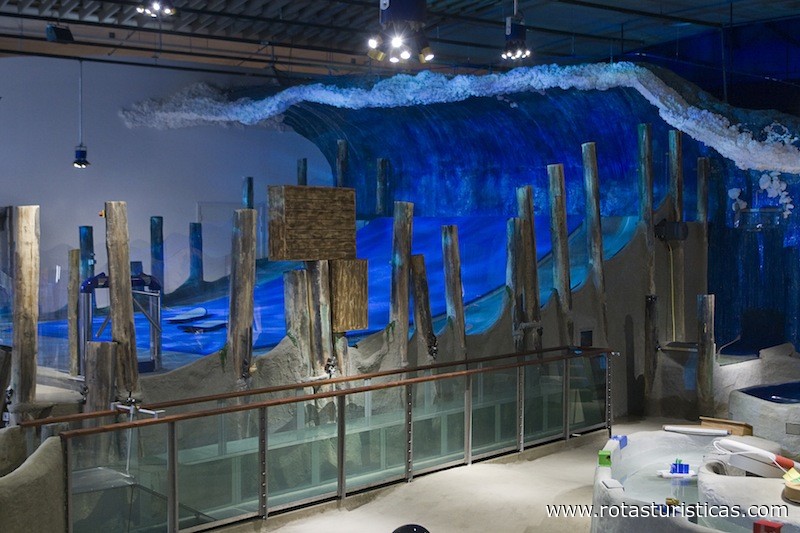 |
Musée Tøjhus |
| 1,8 Km |
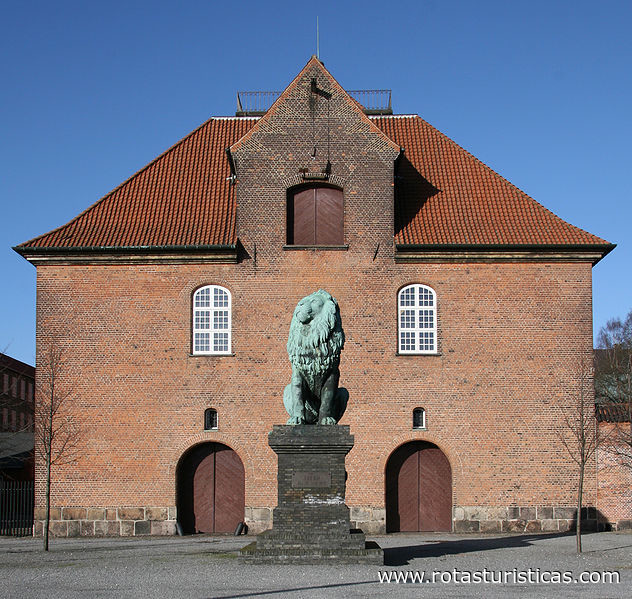 |
Musée juif danois |
| 1,8 Km |
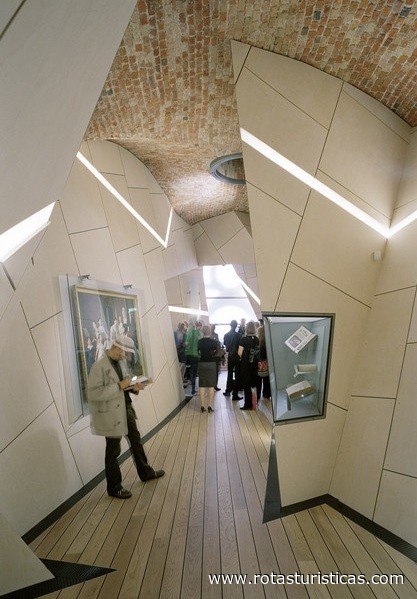 |
Nordatlantens Brygge |
| 1,8 Km |
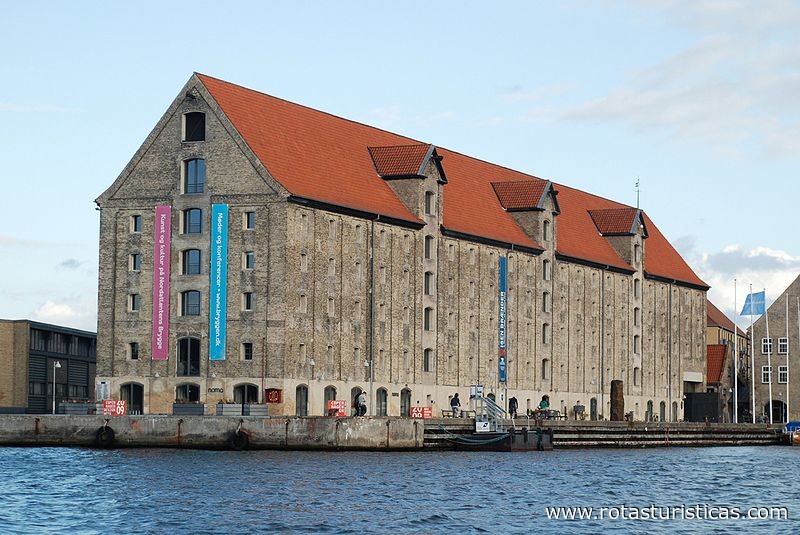 |
Musée zoologique |
| 1,8 Km |
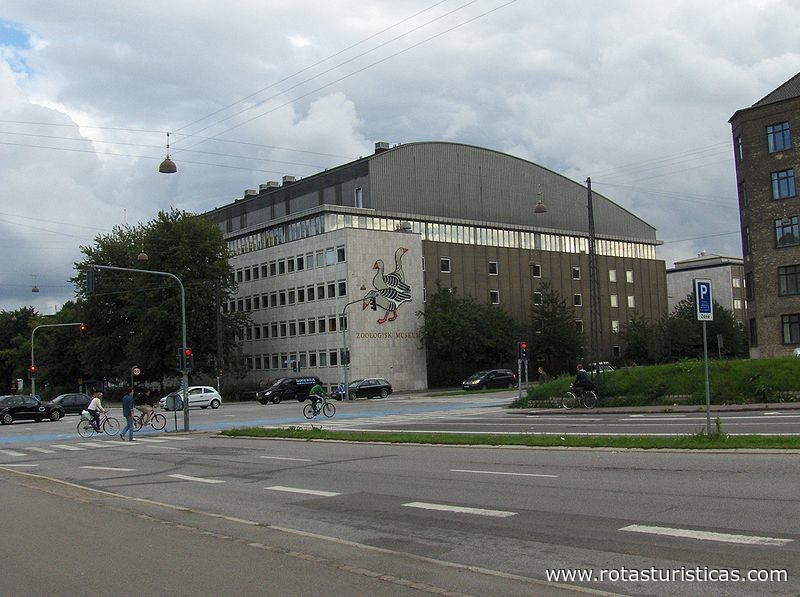 |
Ny Carlsberg Glyptotek |
| 1,9 Km |
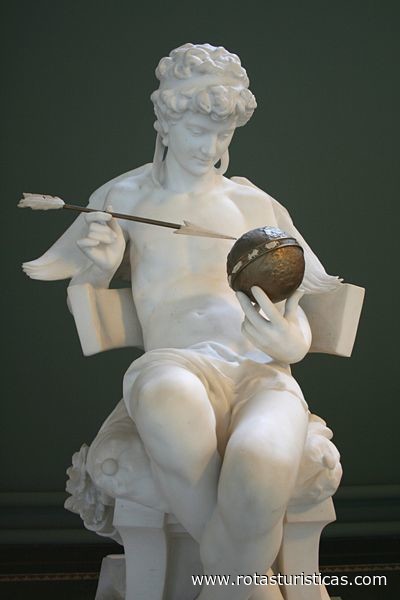 |
Royal Danish Naval Museum |
| 2,0 Km |
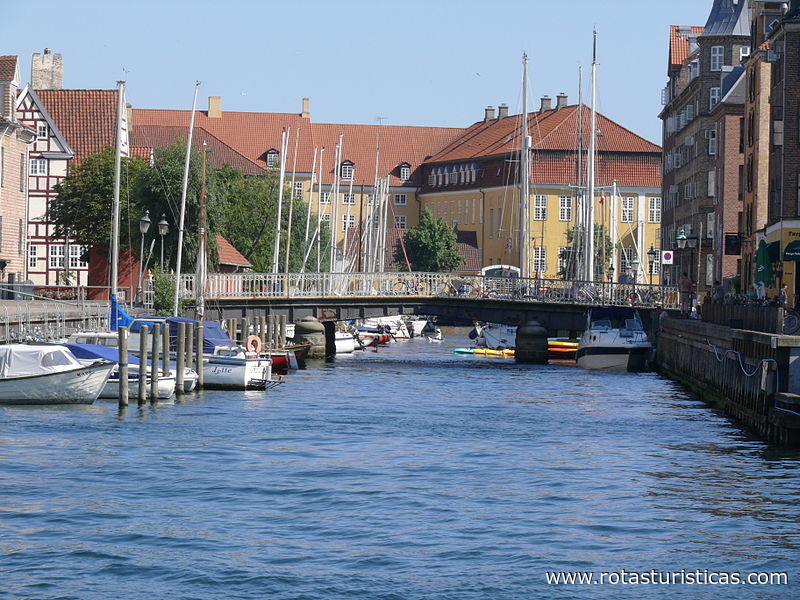 |
Musée de Copenhague |
| 2,5 Km |
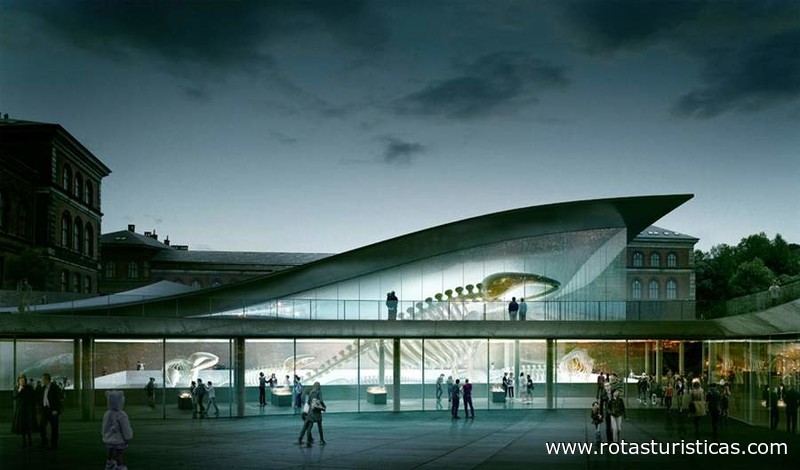 |
Dieselhouse |
| 4,0 Km |
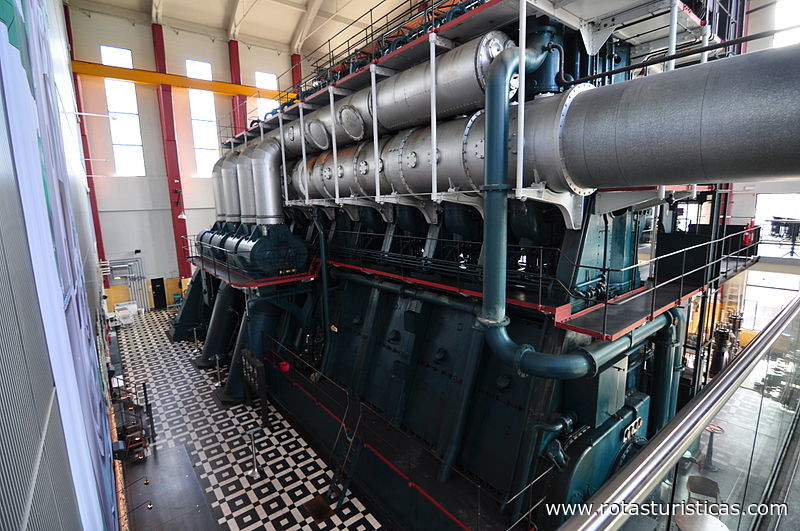 |
Le musée en plein air |
| 12,1 Km |
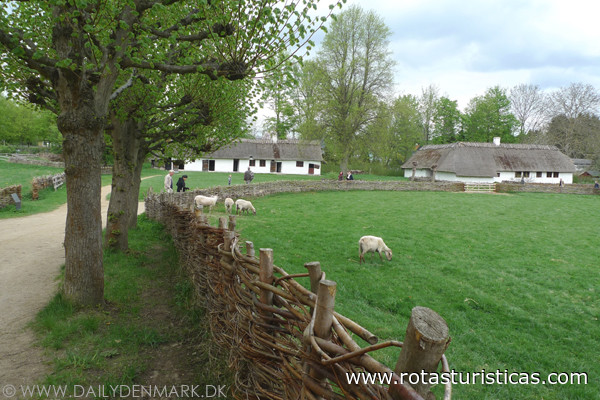 |
Arken Museum For Moderne Kunst |
| 15,0 Km |
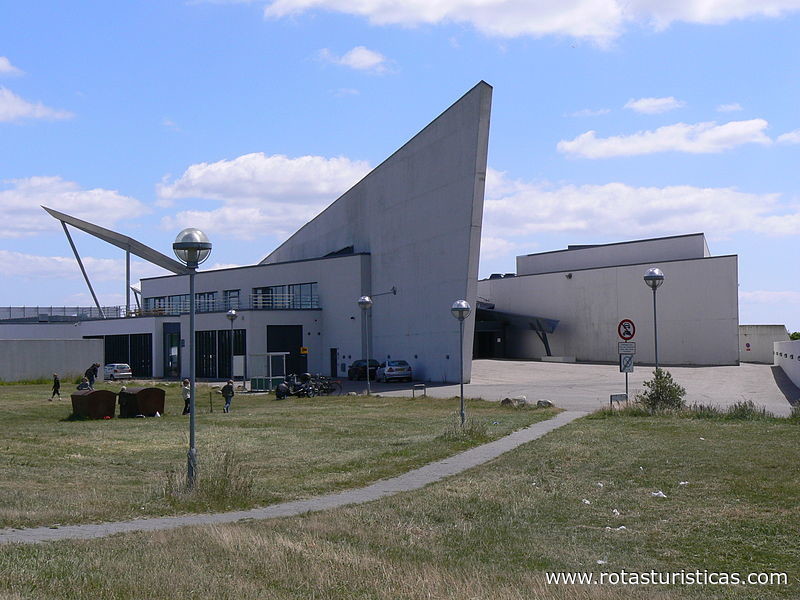 |
Hotel reservation near Hirschsprung Collection within a radius of 20 km
No results
Why to book with ROUTES TOURISTIQUES
The best prices
Our partnerships with the world´s largest operators offer research on the best market prices.
More options
At Rotas Turisticos you can book the hotel, buy the air ticket, book the transfer from the airport to the hotel and vice versa, book the local excursions, rent the car, take travel insurance and consult the places to visit and where to go.
Holiday Tips & Destinations
Hundreds of holiday destinations with all the options that allow you to easily choose the destination that best suits your dream vacation.
ROUTES TOURISTIQUES
Links


